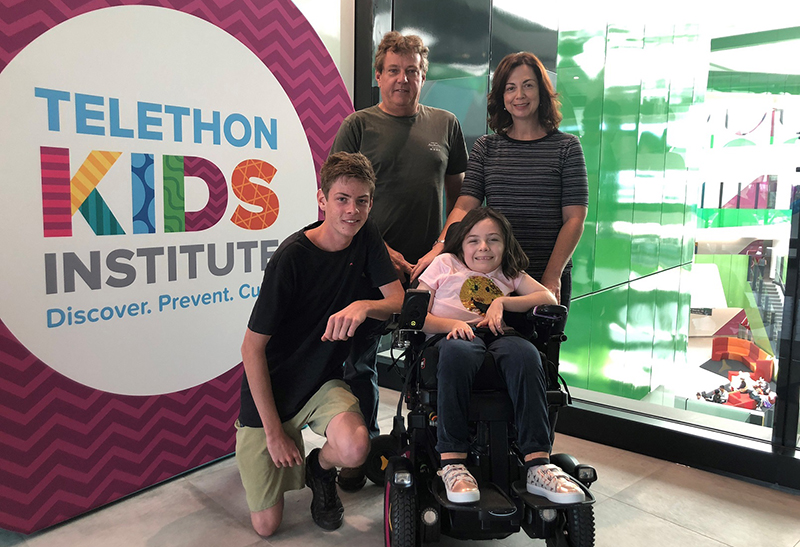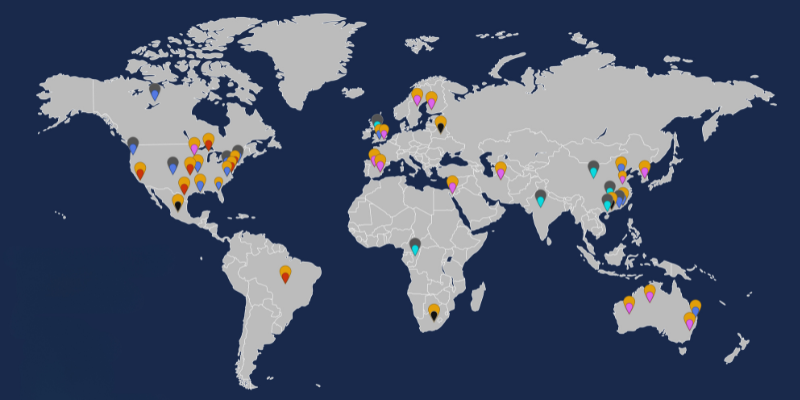Search

Neuromuscular disorders include many rare conditions, such as Duchenne Muscular Dystrophy and Spinal Muscular Atrophy, that adversely impact respiratory health.

The Wal-yan Respiratory Research Centre offers a broad range of outpatient and portable tests for those affected by chronic respiratory conditions.

News & Events
Meet Embrace's new Co-DirectorEmbrace has appointed Professor of Clinical Psychology Jeneva Ohan as its new Co-Director alongside Professor Helen Milroy AM.

News & Events
Roadmap unveiled to support Aboriginal and Torres Strait Islander LGBTQA+ youthWalkern Katatdjin researcher and lead author Mx Shakara Liddelow-Hunt leads a conversation with the community on the key actions to include in the Roadmap.

News & Events
Embracing World Mental Health DayEmbrace @ The Kids Research Institute Australia Senior Researcher Dr Alix Woolard and Co-Director Professor Helen Milroy.

News & Events
Embrace Big Idea 2023 winners announcedPhoto (clockwise from top-left): Dr Craig Taplin, Mx Rigel Paciente, Ms Heather Roby, Dr Keely Bebbington, Dr Alix Woolard.

News & Events
Youth Sanctuary to open in SubiacoMental Health Minister Amber-Jade Sanderson presents funding that will enable the Youth Sanctuary to open later this year.

News & Events
Prominent WA psychiatrist receives AM award at Government HouseProminent WA psychiatrist Professor Helen Milroy receives AM award at Government House

News & Events
Study shows climate change will devastate children’s health without fast global actionIncreased numbers of preterm births, higher incidence of respiratory disease and death, and more children in hospitals are some of the stark health outcomes the world is facing from the impacts of extreme climate change.

We tested the hypothesis that treatment of CF epithelial cells with ivacaftor (Iva) or ivacaftor/lumacaftor (Iva/Lum) would improve control of rhinovirus infection.
